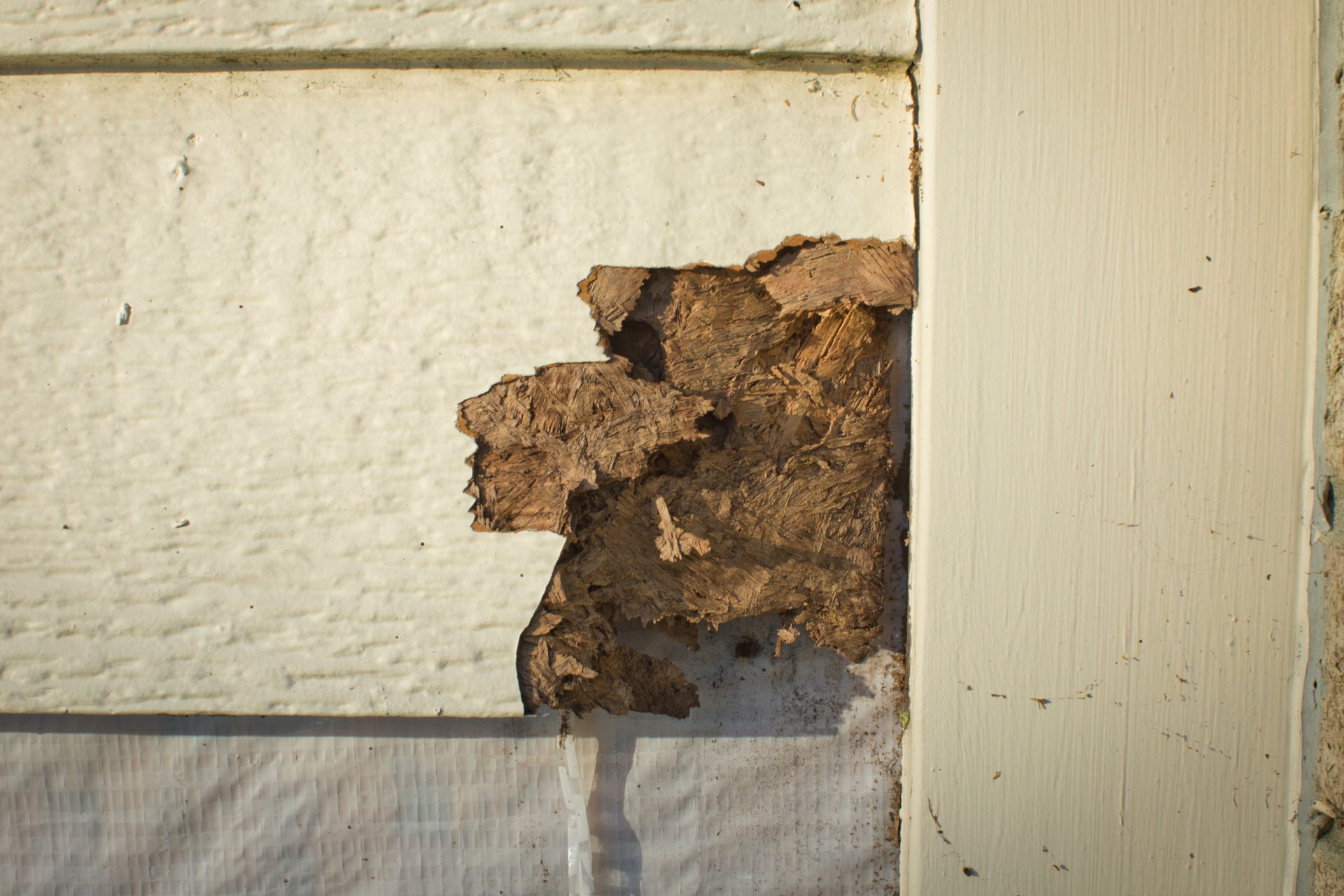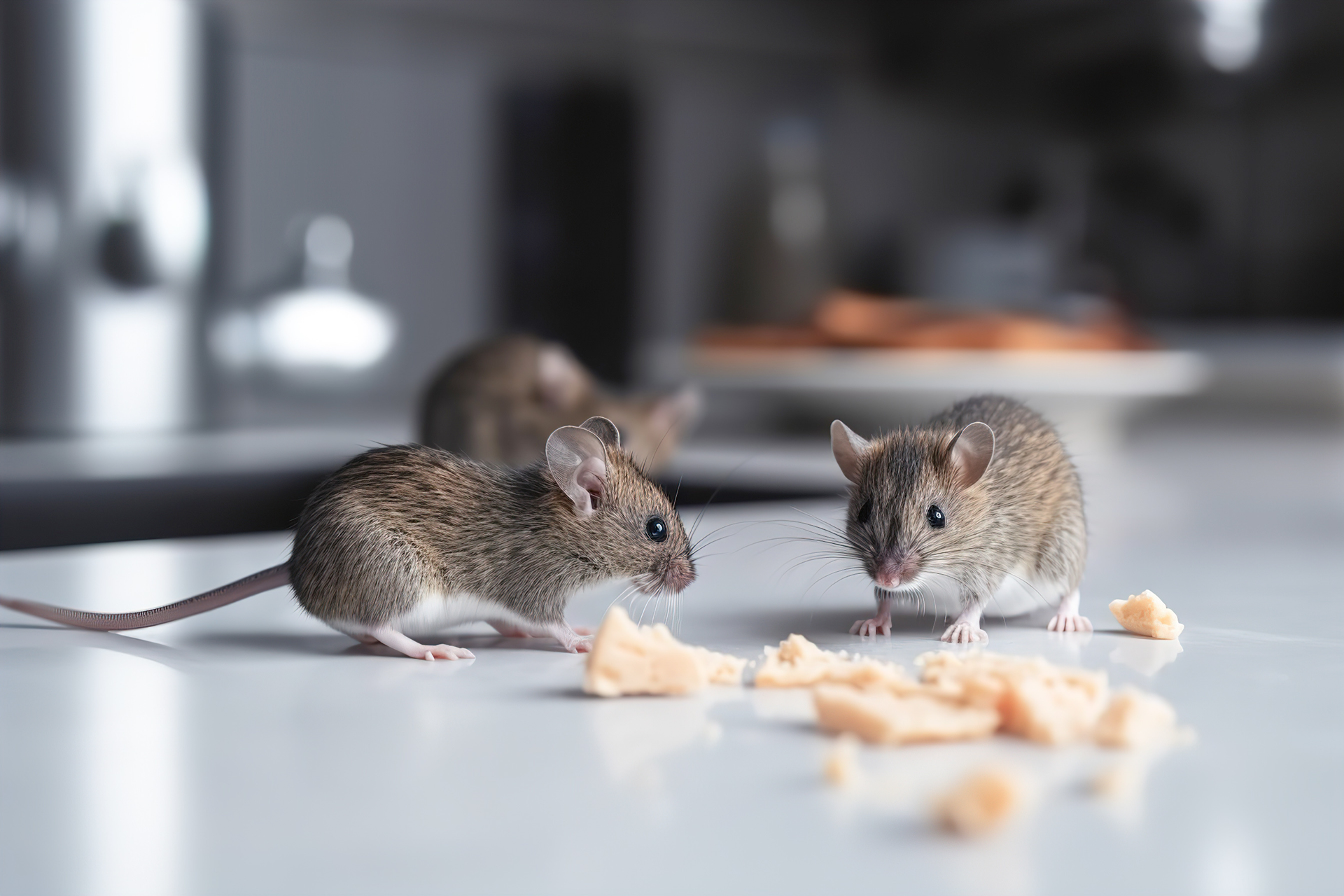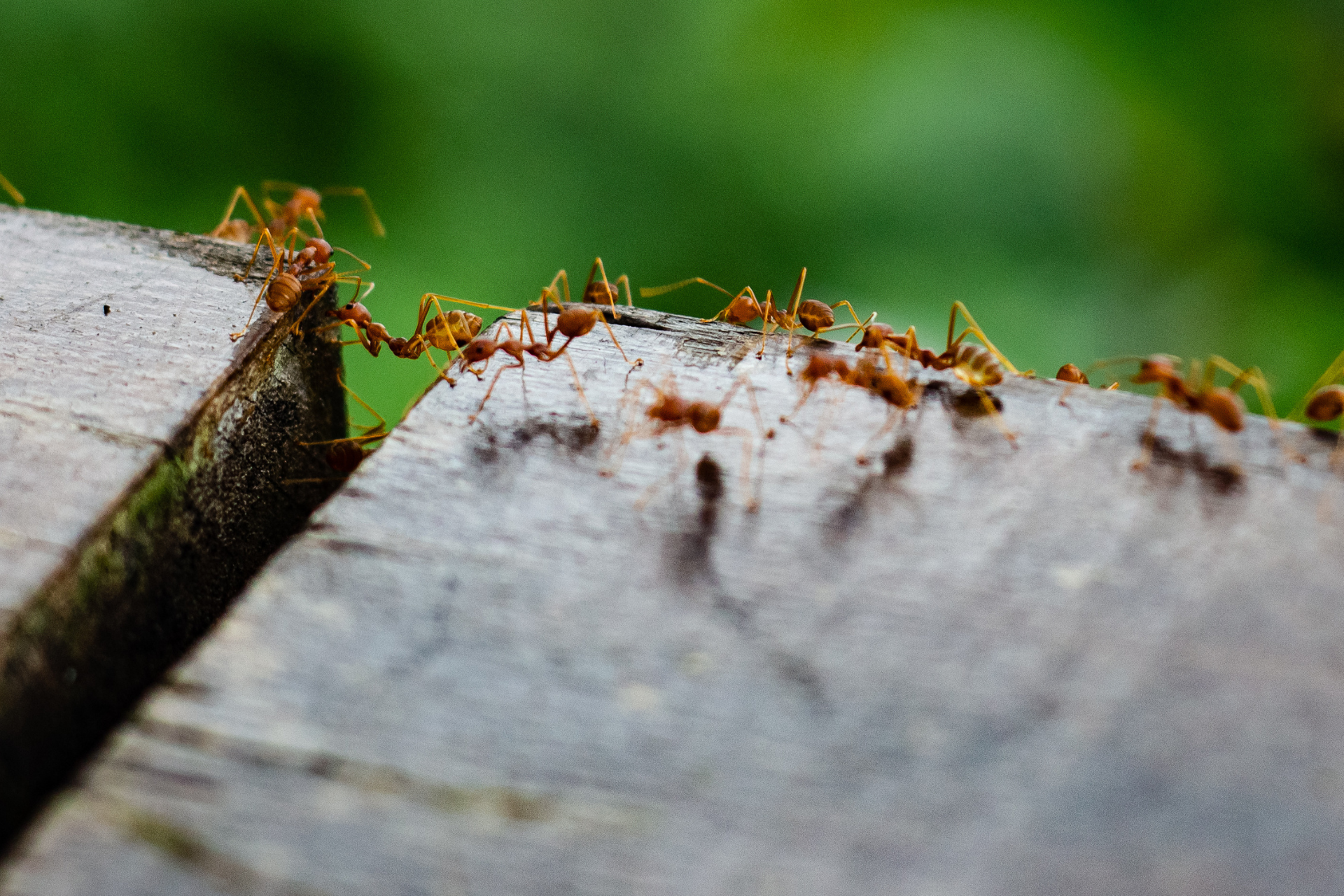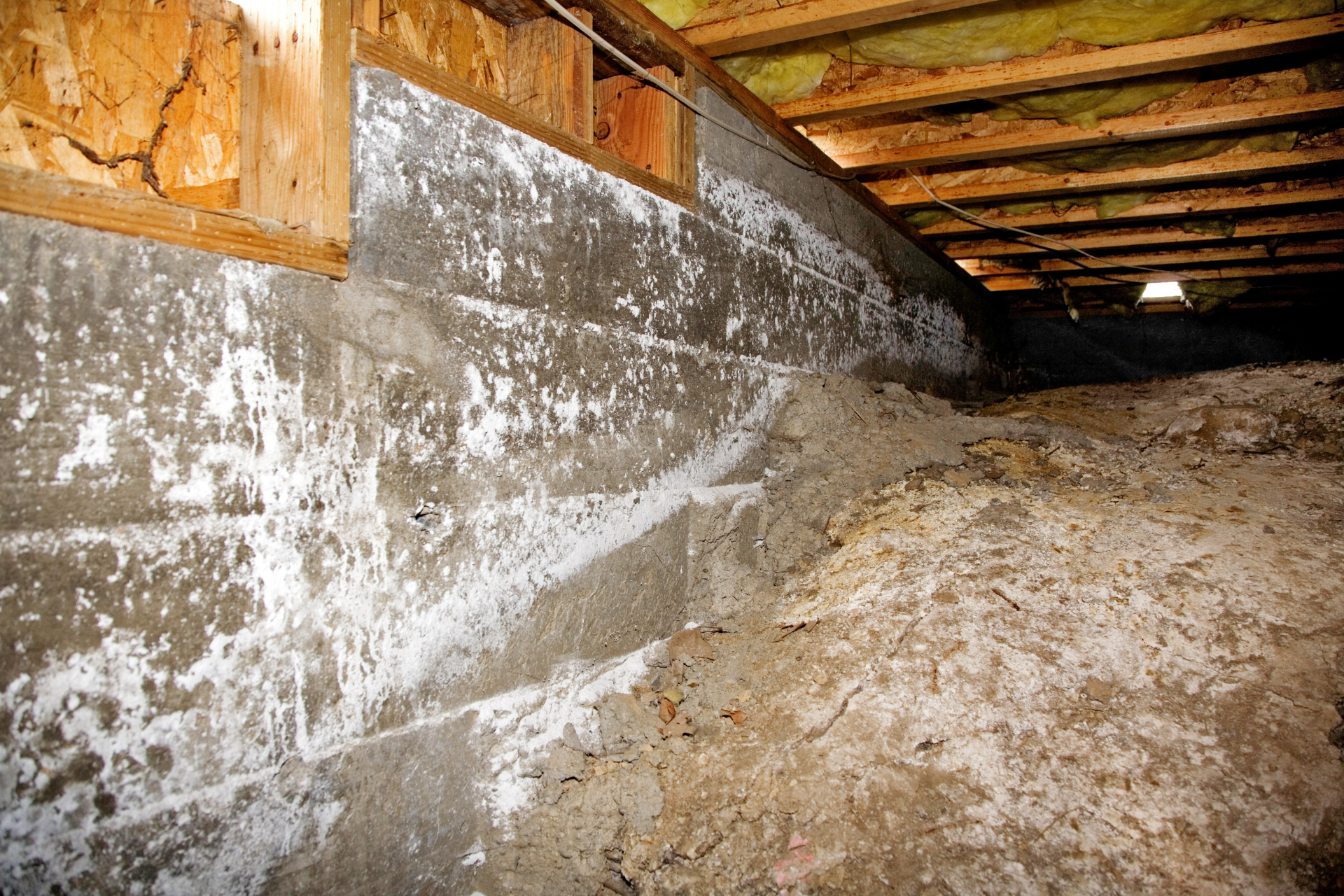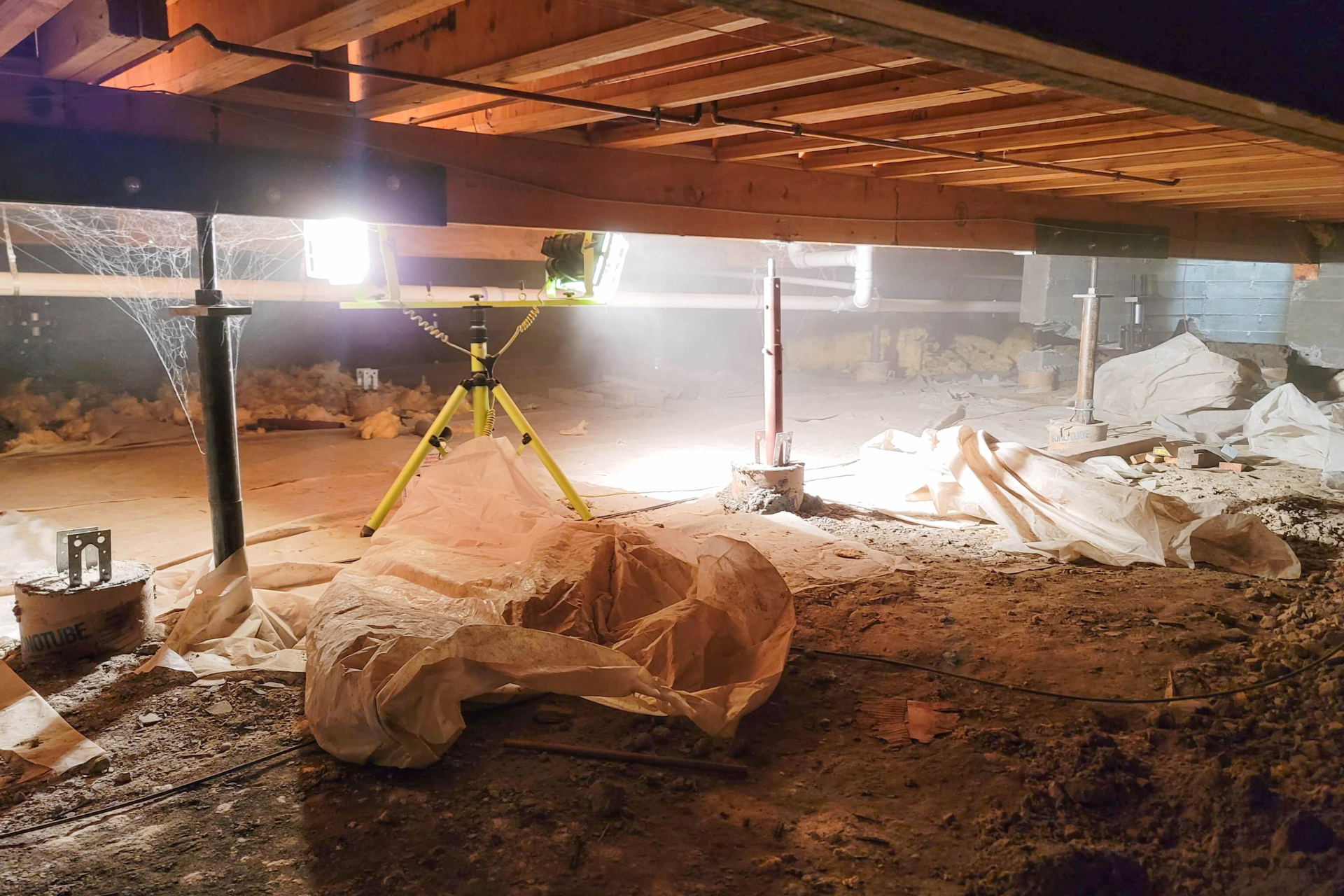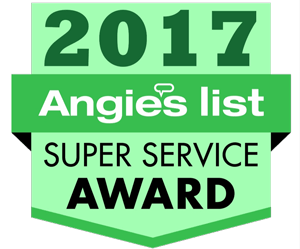Expert Pest Management Tips For A Pest Free Kitchen
Ensuring the cleanliness and safety of one's kitchen is of paramount importance for a variety of reasons, not the least of which is the potential for infestations. Particularly in our area, homeowners commonly encounter a range of pests that can compromise both hygiene and health. These include, but are not limited to, ants, cockroaches, pantry moths, and even rodents. While the urge to address these problems through do-it-yourself methods may be compelling, the risks and hazards associated with such approaches cannot be overstated.
The identification of common pantry pests warrants a comprehensive examination for several reasons. Different critters come with their own sets of challenges and identifying them correctly is the first essential step toward effective treatment. Incorrect identification can lead to ineffective treatment plans that waste both time and resources.
Starting with ants, these are small insects that often move in trails. They are attracted to food and water sources and can contaminate food if they gain access to your pantry. Ants often come in different species, each with its own unique characteristics, which further necessitates professional identification. Black ants, for instance, are commonly found in households, but other types like fire ants and carpenter ants require distinct approaches for effective treatment. Thus, it's not just about identifying an 'ant problem,' but rather specifying what type of ant is causing the problem.
Cockroaches are another pest that frequently infests kitchens and pantries. German and American cockroaches are two of the most commonly encountered species in homes. They are not just unsettling to see; they also carry bacteria and can contaminate your food and cooking surfaces. Cockroaches are notoriously resilient, adding yet another layer of complexity to their effective eradication. They can survive in extreme conditions, reproduce rapidly, and adapt to common pesticides, thus making DIY treatments woefully insufficient. The identification of the specific species and understanding its behavior is vital for targeted, professional treatment.
Pantry moths also pose significant challenges. These are drawn to stored food products and can cause extensive damage if not properly managed. Signs of a moth infestation include visible larvae in food containers or adult moths flying around the pantry. The life cycle of pantry moths involves several stages, including eggs, larvae, pupae, and adults, each requiring specific treatment approaches. This complexity underscores the necessity of professional identification and treatment, as failing to address even one life stage can lead to a recurrence.
Rodents such as rats and mice are also prevalent problems. Beyond the immediate repulsion many people feel at the sight of a rodent in their home, these also pose serious health risks. They can contaminate food and surfaces with their feces, urine, and fur, and also carry diseases. Additionally, rodents have the capability to cause structural damage by gnawing through materials like wood and electrical wiring, which can result in costly repairs and even fire hazards. Similar to insects, there are different species of rodents, each with its own set of characteristics and potential risks.
Do-it-yourself (DIY) treatments come with an assortment of potential issues, beginning with the health risks tied to the inappropriate use of pesticides and other chemicals. The potential for exposure to toxic substances is high when these products are applied without the necessary expertise. Moreover, DIY methods often result in a superficial resolution that fails to eradicate the infestation at its source. This can lead to recurring problems that not only demand more time and resources but also pose a risk of escalating into larger infestations. Additionally, improper use of pest control chemicals can have legal repercussions, further emphasizing the need for professional intervention.
The importance of professional pest control in this context cannot be overemphasized. We provide not just the technical expertise required to identify the nature and extent of the infestation, but also employ safety measures that safeguard the well-being of the household. Professionals can accurately assess the severity of the situation, determine the species, and develop a treatment plan that addresses the problem efficiently and effectively.
Beyond the immediate treatment of existing issues, the role of preventive measures in mitigating the risk of future infestations is vital. One such preventive measure is the proper sealing of entry points that pests might exploit. It may seem like a task that one can undertake independently, but the expertise needed to identify these points effectively is often underestimated. Sealing efforts that miss even a single entry point can render the entire effort moot, as pests will continue to find their way inside. Therefore, this is another scenario where professional assessment and intervention are crucial.
Proper food storage also plays a significant role in deterring pests. Airtight containers are highly recommended for storing grains, cereals, and other pantry items that are otherwise attractive. However, it should be noted that proper food storage alone is not an infallible deterrent. A comprehensive approach that involves professional inspection and treatment is necessary for long-term prevention.
Regular cleaning is, of course, another important preventive measure. It involves not just the visible surfaces, but also the nooks and crannies that might escape casual scrutiny. Again, while this seems straightforward, many homeowners find out the hard way that even rigorous cleaning can be insufficient when it comes to preventing a full-blown infestation.
While homeowners may be tempted to monitor their spaces for signs of pests, such efforts are often hampered by the limitations of DIY monitoring methods. Without the trained eye of a professional, it is remarkably easy to overlook subtle signs of an infestation until it has progressed beyond a manageable point. This underscores the value of professional inspection services. These services provide a comprehensive overview of potential risk areas, leveraging specialized tools and expertise to identify both current infestations and areas that are at high risk for future problems.
Should homeowners discover signs, such as evidence of contaminated food or visible specimens, the immediate steps involve limiting the potential spread within the home by isolating affected areas and items. However, the most crucial action is to contact a professional service like At East Pest Solutions without delay. Quick professional intervention is vital to containing and resolving the infestation as swiftly and safely as possible.
In terms of ongoing maintenance for a pest-free kitchen, it's advisable to schedule regular inspections with a professional service. Given that DIY efforts are both risky and often ineffective, entrusting this task to professionals is the most reliable approach. Ongoing maintenance services offered by professional pest control companies are designed to provide homeowners with peace of mind, ensuring that potential infestations are identified and dealt with before they can escalate into more serious problems.
We offer a range of options tailored to meet the needs of the local community. Contact us today for a free estimate.
Troutman Branch
694 South Main Street
Troutman, NC 28166
704.761.9697



